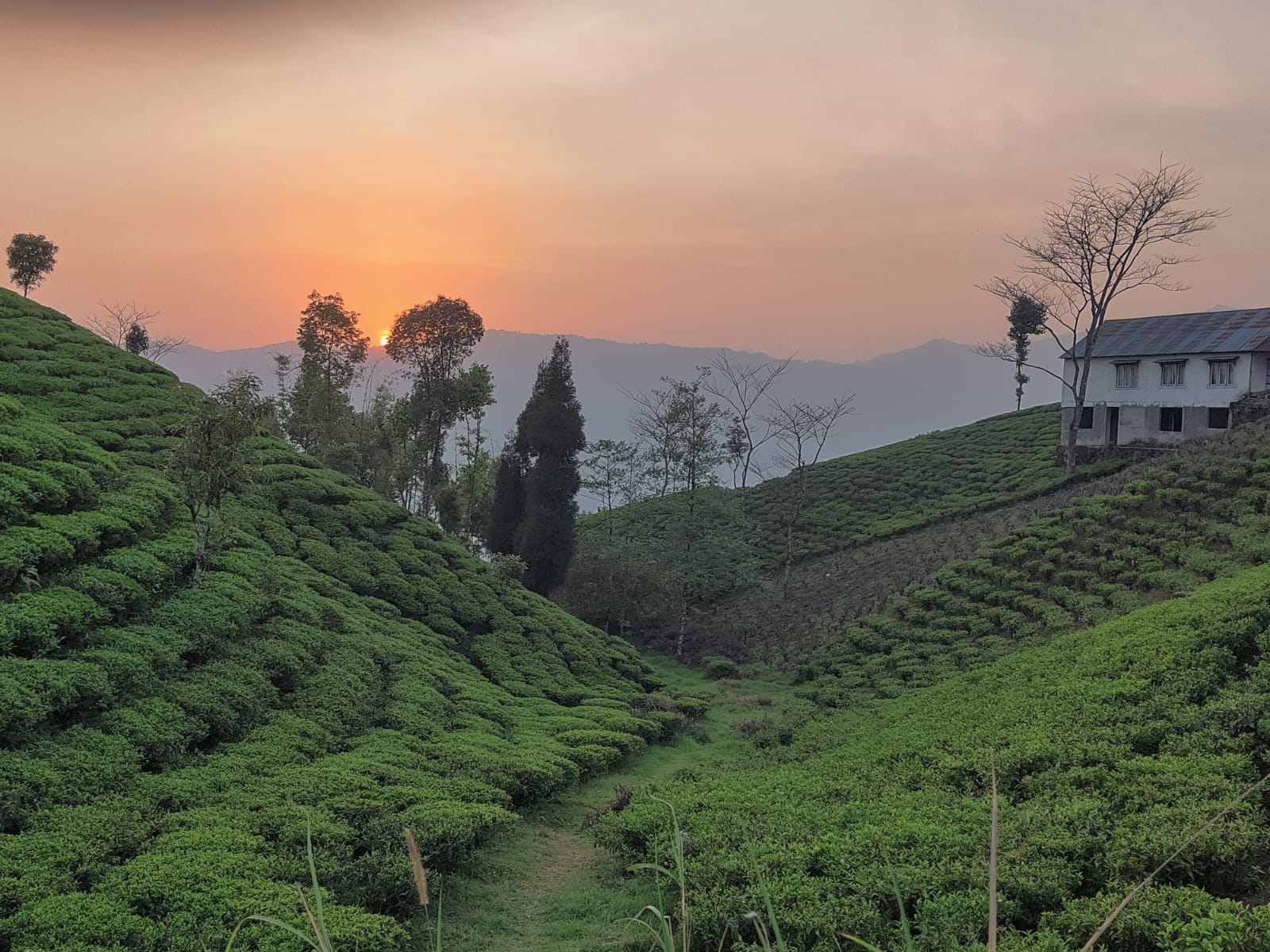
Sandakphu Tea Plantation
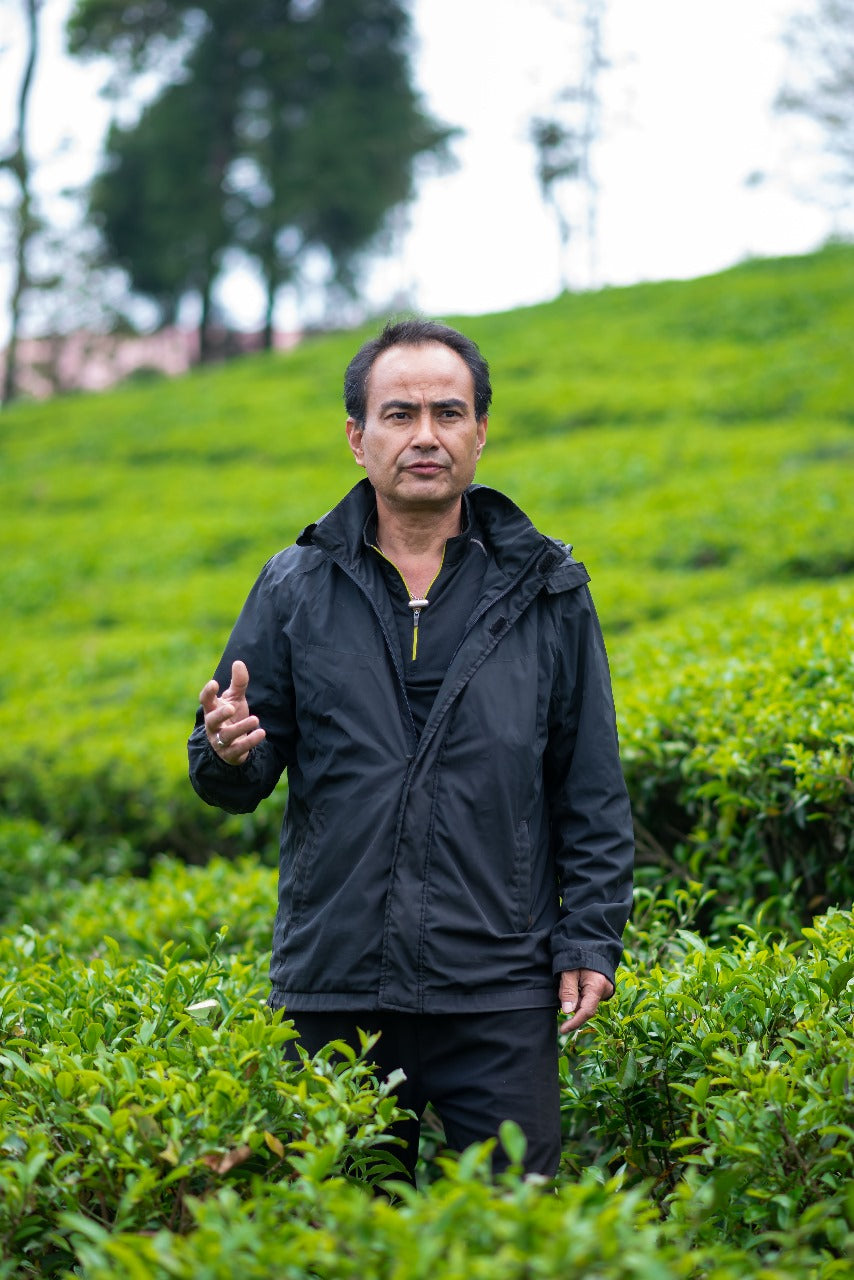
Overview of Sandakphu Tea Plantation
High in the hills of Nepal's Ilam district, not far from the border with Darjeeling, lies the Sandakphu Tea Plantation - the country's highest tea estate. At altitudes ranging from 1,800 to 2,000 metres, the air is cool, the soil rich, and the view stretches beyond the clouds. This is Jasbirey, a small mountain village with a long tea tradition - and home to a bold, farmer-led project.
Jasbirey also sits close to one of Nepal's ecological treasures: the Mai Pokhari Ramsar Site. Recognised by UNESCO for its global importance, this high-altitude wetland is a haven for rare plants and animals, and plays a vital role in local water cycles. Its presence adds to the uniqueness of the land Sandakphu cultivates - a reminder that this is not just tea country, but a deeply interconnected natural environment.
Sandakphu was founded in 2015 with a simple but powerful idea: that smallholders, working together, could grow some of the finest tea in the world. Today, the garden is co-owned by 102 farmers from the local community, each contributing to a shared vision of quality, sustainability, and fairness.
Leading this effort are Chandra Bhushan Subba and his wife, Twistina. Chandra, a former tea development officer, returned to Ilam with a mission to put Nepalese tea on the global map - not just through flavour, but through a model that genuinely benefits the people who grow it. Twistina plays a key role in making sure the estate meets organic standards and supports farmers with training and guidance.
What's made at Sandakphu reflects both place and principle - teas with crisp, floral, and muscatel notes that speak of the high mountains and the hands that picked them.
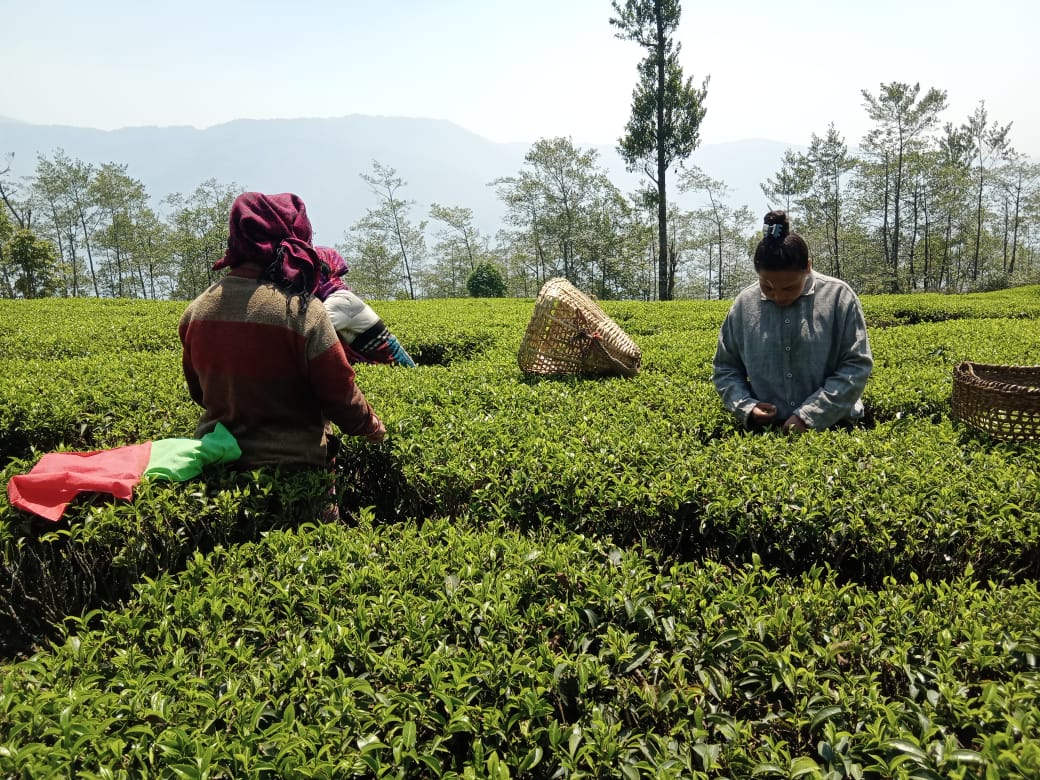
Sustainability At Sandakphu Tea Plantation
From the start, Sandakphu was designed to be different. The estate follows fully organic practices and is both EU and USDA certified. That means no synthetic fertilisers, no chemical sprays - just a natural, balanced approach that protects the land as much as it nurtures the tea.
Being so close to the Mai Pokhari Wetland only deepens the responsibility. This is a sensitive environment, and the team at Sandakphu knows it. Careful land management, water conservation, and respect for the area's biodiversity are part of daily life. Here, sustainability is a way of being.
Twistina Subba oversees much of the organic compliance work, making sure every farmer knows the standards and why they matter. Her leadership ensures that the estate's commitment to nature and community is not just maintained but continually strengthened.
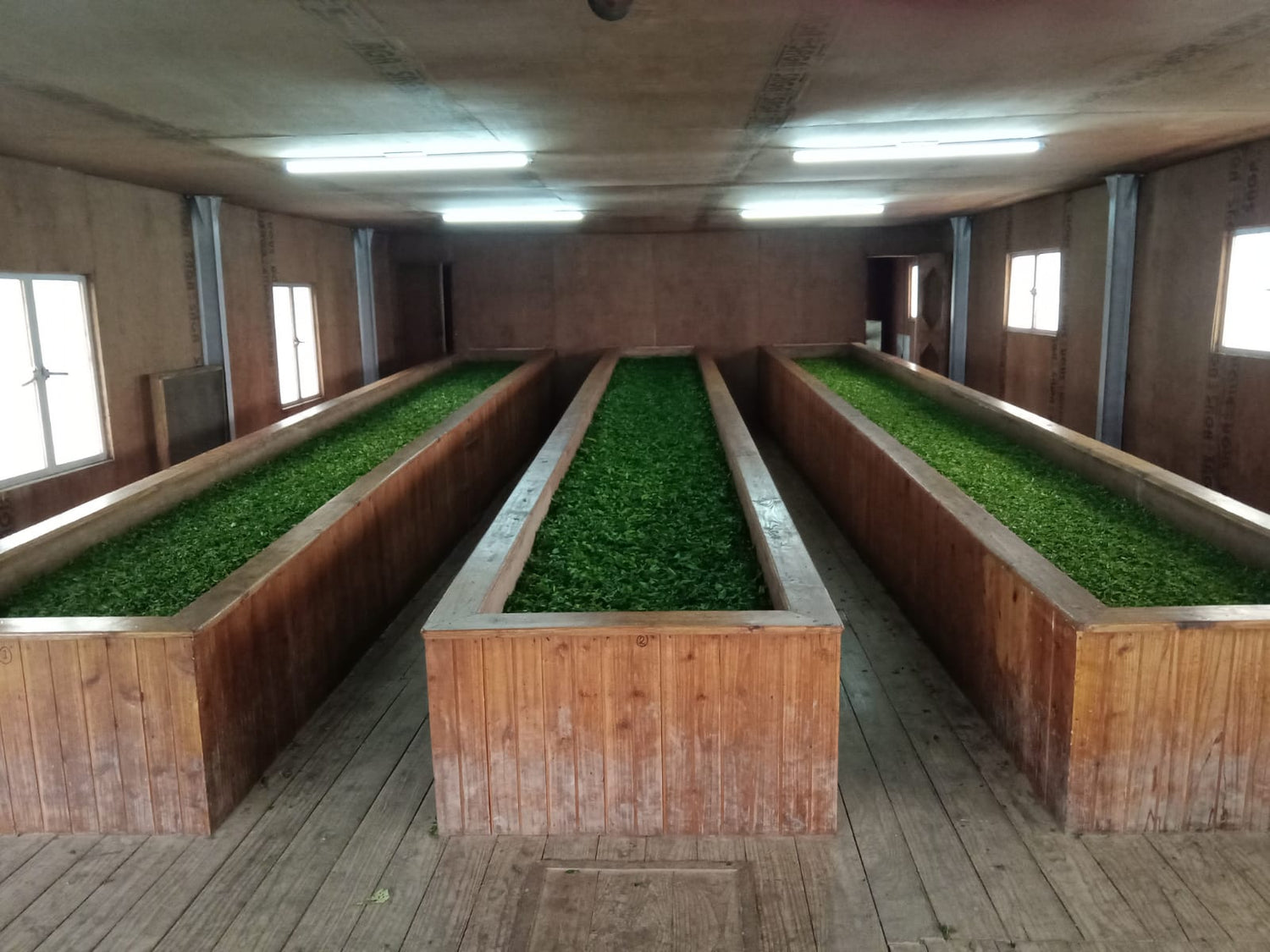
Tea Production at Sandakphu Tea Plantation
Unlike many large estates, Sandakphu's tea is made in small batches, handled with care from start to finish. Farmers pluck the leaves by hand and bring them to a central facility just down the hill. There, using traditional orthodox methods, the team transforms the fresh leaves into distinctive black, green, oolong, and white teas.
Processing is guided by the seasons. Weather patterns, leaf texture, and flavour profiles all inform how the teas are handled - there's no "one size fits all" approach. The estate's facility is certified for Good Manufacturing Practice (GMP) and Hazard Analysis and Critical Control Points (HACCP), allowing the team to maintain hygiene, traceability, and quality with every lot.
Everything from withering to rolling and drying is done with the aim of preserving the delicate aromas and flavour that make high-elevation teas so special.
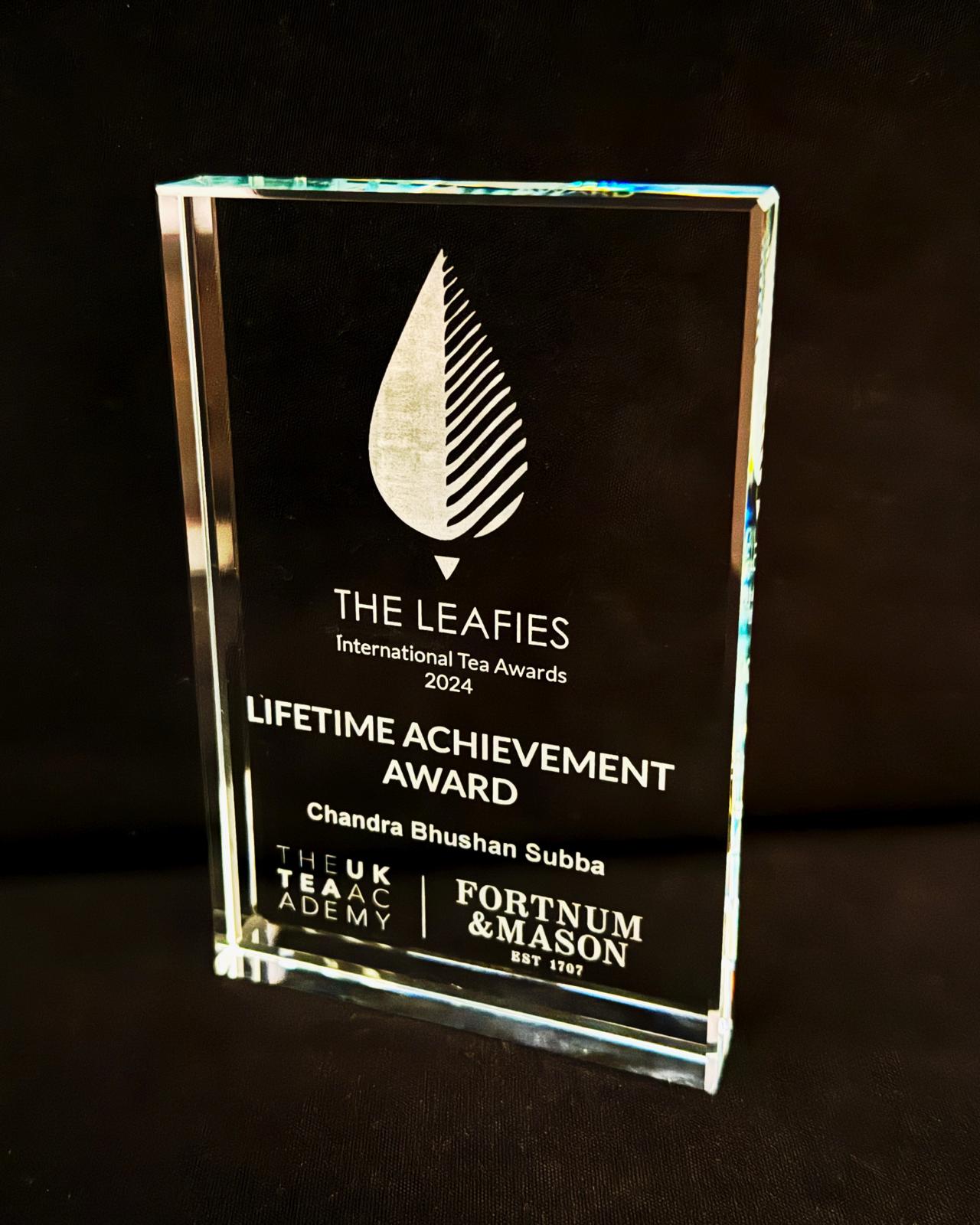
Sandakphu Tea Plantation's Impact
More than just a tea garden, Sandakphu is a community project built on shared ownership. The 102 farmers involved each have a stake in the business - and a say in how it runs. That model is rare in the tea world and makes a big difference: profits are shared more fairly, decisions are made locally, and livelihoods are more secure.
For Chandra, this model is about dignity. Having spent years working in the tea sector, he saw first-hand how little growers often receive. Sandakphu is his response: a way to make sure those who grow the tea benefit from its success. For his contributions to the local tea industry Chandra Bhushan was awarded the Lifetime Achievement Award at The Leafies 2024.
Training and employment are key parts of the estate's mission too. Women play a central role in both cultivation and processing, and knowledge is shared openly among the group. The result is a sense of shared purpose - and a growing confidence that Nepalese tea can stand tall on the world stage.
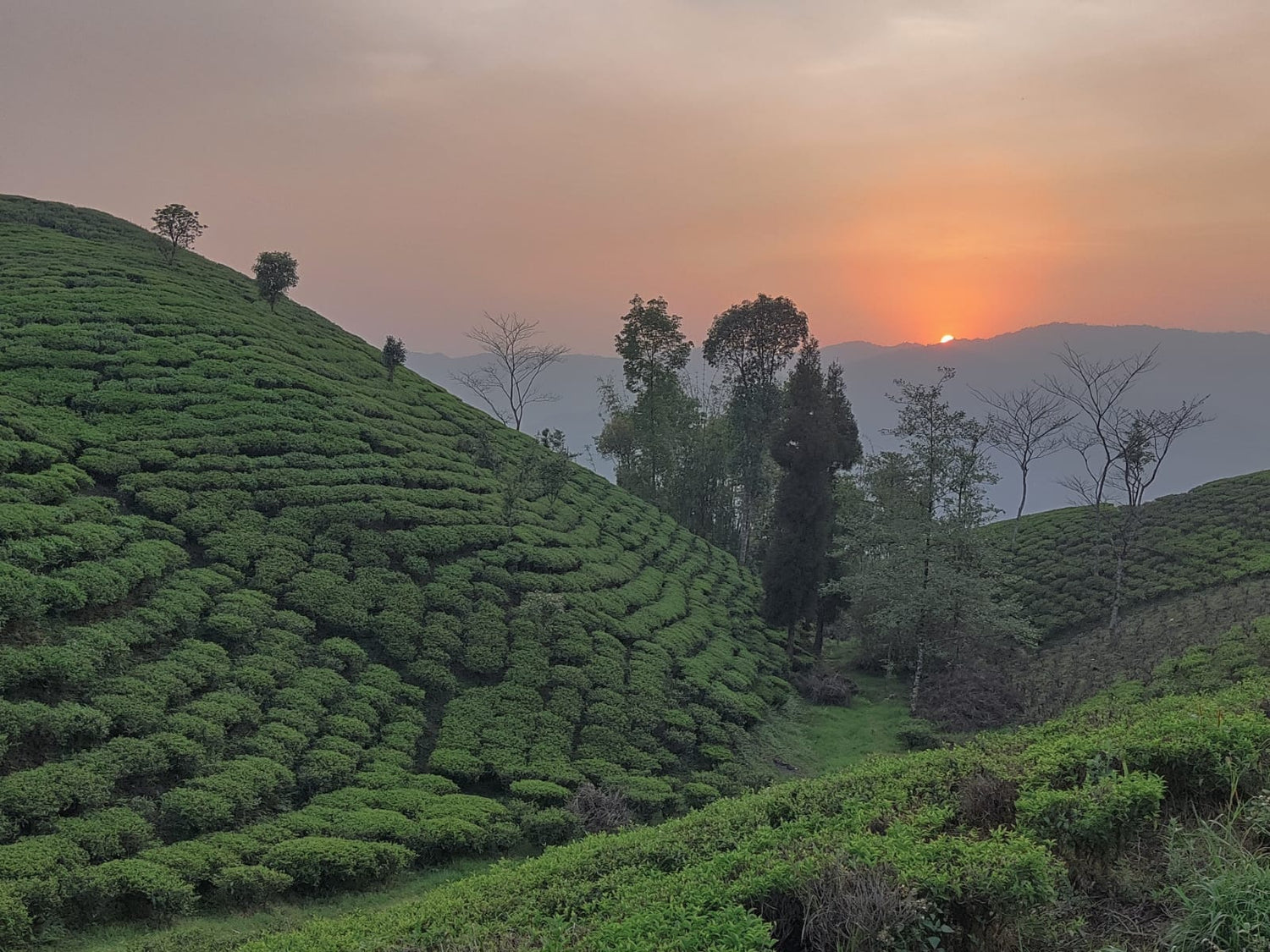
Sandakphu Tea Plantation's Future & Where We Come In
Sandakphu is still young, but already its teas are making an impression with drinkers and judges alike. The next steps include refining processing even further, developing more single-lot microbatches, and building direct relationships with tea lovers and retailers across the globe.
Chandra and Twistina continue to lead with quiet determination. They are growing not just a business, but a model - one that keeps ownership in the hands of farmers and quality at the centre of everything.
At Cha Dodo, we are proud to support Sandakphu's journey. Their story - of community, care, and craftsmanship - deserves to be shared. Every cup of tea from Sandakphu is a taste of the Himalayas, yes. But it's also a taste of what's possible when farmers take the lead, and when nature and people are both respected. We are excited to share their incredible high-elevation tea with you.
Buy Sandakphu Tea Plantation's Tea
-
Example product title
Vendor:VendorRegular price £19.99 GBPRegular priceUnit price / per -
Example product title
Vendor:VendorRegular price £19.99 GBPRegular priceUnit price / per -
Example product title
Vendor:VendorRegular price £19.99 GBPRegular priceUnit price / per -
Example product title
Vendor:VendorRegular price £19.99 GBPRegular priceUnit price / per